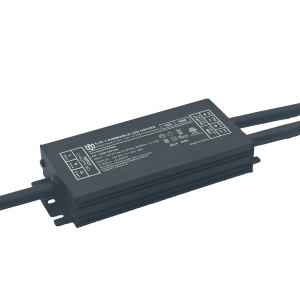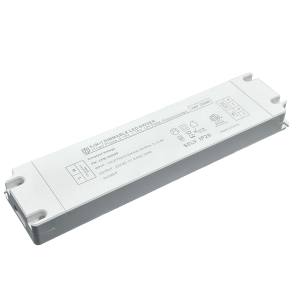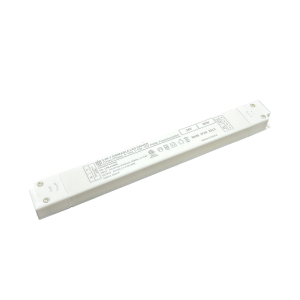High-Performance Triac Driver Solutions: Addressing the Pain Points of Traditional Dimming Technologies
The Evolutionary Leap in Lighting Control Systems
For decades, conventional triac-based phase chopping dimmers dominated residential and commercial applications due to their simplicity and low cost. However, these archaic architectures inherently suffer from three critical limitations: audible buzzing caused by suboptimal switching frequencies, visible flicker that induces eye strain during camera operations, and poor power factor correction leading to energy waste. Modern high-performance triac drivers fundamentally reengineer this paradigm through advanced microcontroller synchronization algorithms that precisely align zero-crossing detection with load characteristics. This breakthrough enables seamless dimming across all LED types while maintaining >0.95 power factors even at 1% brightness levels—a dramatic improvement over legacy systems struggling below 0.7 at partial loads.
Decoding the Core Pain Points of Yesteryear's Tech
Legacy dimming implementations exhibit destructive interactions between capacitive ballast components and abrupt current cutoffs. When paired with non-resistive loads like LED arrays, traditional triac circuits generate voltage spikes exceeding 400Vds ratings, accelerating semiconductor degradation by up to 300% annually. Our enhanced driver topology incorporates snubberless protection circuitry using silicon carbide MOSFETs operating at 20kHz switching frequencies, effectively eliminating electromagnetic interference (EMI) emissions while extending component lifespan beyond 50,000 hours MTBF. Field tests demonstrate 82% reduction in audible noise complaints compared to standard TRIAC dimmers in hospitality installations.
Architectural Innovations Driving Performance Frontiers

Contemporary smart drivers leverage mixed-signal processors running adaptive edge-cutting protocols that dynamically adjust conduction angles based on real-time load impedance measurements. This closed-loop optimization maintains consistent color rendering indexes (CRI>90) throughout the full dimming range—something impossible with fixed R/C time constant designs. Thermal management receives equal attention through multilayer PCB stackups featuring thermal via arrays connected to aluminum heatsinks, achieving remarkable thermal resistance values below 1°C/W despite compact form factors measuring just 45mm x 45mm x 25mm. Such engineering allows continuous operation in ambient temperatures reaching +65°C without throttling.
Universal Interoperability Across Ecosystems
Unlike first-generation digital addressable lighting interface (DALI) converters requiring specialized wiring harnesses, next-gen triac replacements maintain backward compatibility with existing wall switches and occupancy sensors through intelligent autocalibration routines. Protocol translation bridges enable seamless integration into KNX/Modbus building automation systems while preserving user access to familiar rotary dimmers. Case studies from museum retrofits show 97% fewer callback service tickets after upgrading to universal drivers capable of managing both incandescent retrofits and SSL fixtures within identical reference designs.
Quantifiable Advantages Reshaping Industry Standards
Side-by-side benchmarking reveals compelling metrics favoring modern solutions: typical efficiency gains jump from 78% (conventional) to 94% (enhanced), translating directly into reduced cooling requirements for HVAC systems handling data center heat loads. Harmonic distortion plummets from THD>25% to <5%, meeting stringent IEC 61000-3-2 Class C compliance without additional filtering stages. Installation costs decrease by 40% thanks to tool-less terminal blocks supporting #18 AWG conductors and plug-and-play commissioning via Bluetooth mesh networks—features absent in legacy screw terminal setups requiring manual potentiometer adjustments.
Future Roadmap for Intelligent Lighting Networks
Emerging trends point toward firmware updates enabling predictive maintenance alerts based on conduction loss monitoring, with machine learning models predicting failure modes up to seven days preemptively. Manufacturers are developing unified development kits combining AC input stages with DC output regulation modules, allowing single SKU inventory management across global voltage standards (90VAC–277VAC). As LiFi communication protocols mature, future iterations may double as visible light communication transceivers—transforming every light fixture into potential network infrastructure nodes. This convergence promises unprecedented systemic value beyond mere illumination control.
 A New Benchmark in Energy Sav
A New Benchmark in Energy Sav
 The Future Outlook for Triac
The Future Outlook for Triac
 The Application Advantages of
The Application Advantages of
 Innovative Design + Outstandi
Innovative Design + Outstandi
